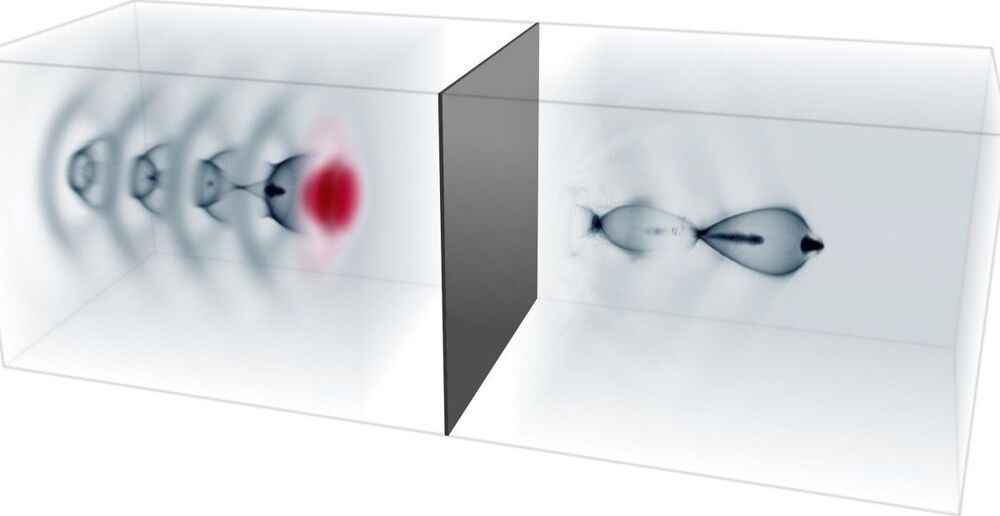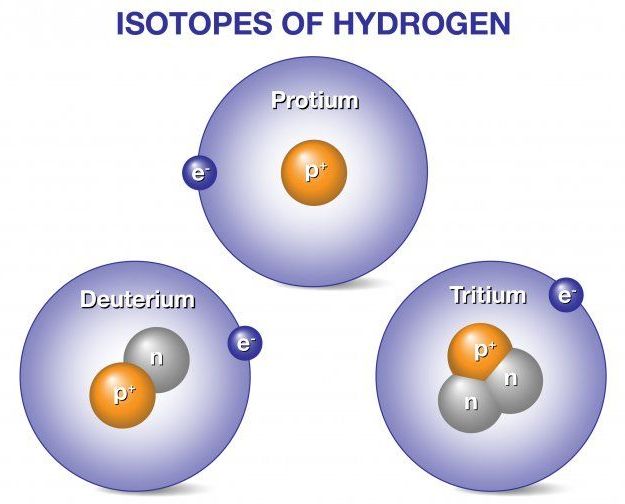Neil deGrasse Tyson explains the early state of our Universe. At the beginning of the universe, ordinary space and time developed out of a primeval state, where all matter and energy of the entire visible universe was contained in a hot, dense point called a gravitational singularity. A billionth the size of a nuclear particle.
While we can not imagine the entirety of the visible universe being a billion times smaller than a nuclear particle, that shouldn’t deter us from wondering about the early state of our universe. However, dealing with such extreme scales is immensely counter-intuitive and our evolved brains and senses have no capacity to grasp the depths of reality in the beginning of cosmic time. Therefore, scientists develop mathematical frameworks to describe the early universe.
Neil deGrasse Tyson also mentions that our senses are not necessarily the best tools to use in science when uncovering the mysteries of the Universe.
It is interesting to note that in the early Universe, high densities and heterogeneous conditions could have led sufficiently dense regions to undergo gravitational collapse, forming black holes. These types of Primordial black holes are hypothesized to have formed soon after the Big Bang. Going from one mystery to the next, some evidence suggests a possible Link Between Primordial Black Holes and Dark Matter.
In modern physics, antimatter is made up of elementary particles, each of which has the same mass as their corresponding matter counterparts — protons, neutrons and electrons — but the opposite charges and magnetic properties.
A collision between any particle and its anti-particle partner leads to their mutual annihilation, giving rise to various proportions of intense photons, gamma rays and neutrinos. The majority of the total energy of annihilation emerges in the form of ionizing radiation. If surrounding matter is present, the energy content of this radiation will be absorbed and converted into other forms of energy, such as heat or light. The amount of energy released is usually proportional to the total mass of the collided matter and antimatter, in accordance with Einstein’s mass–energy equivalence equation.









